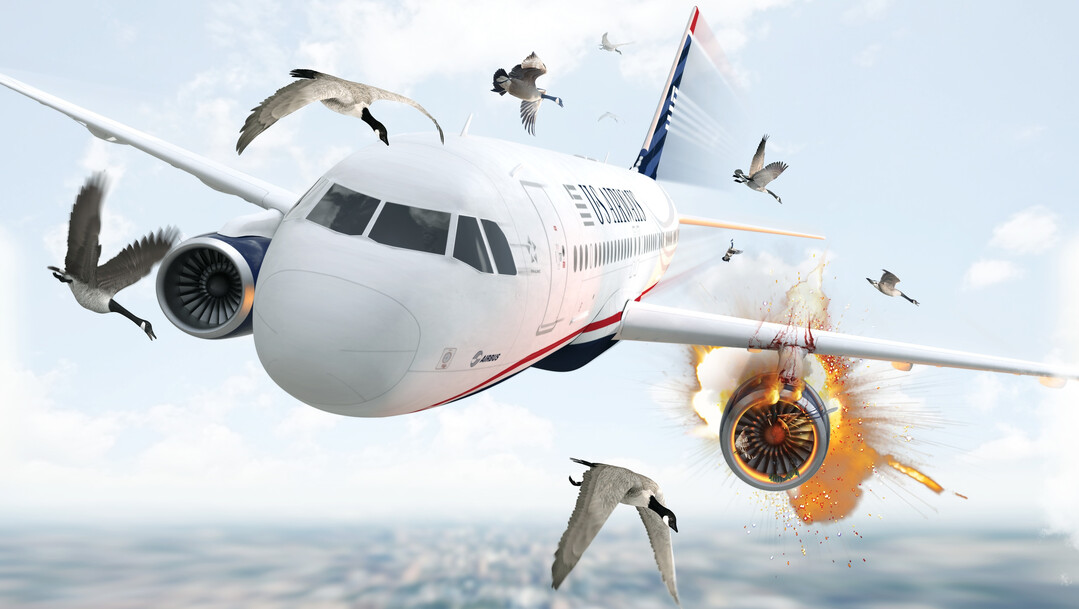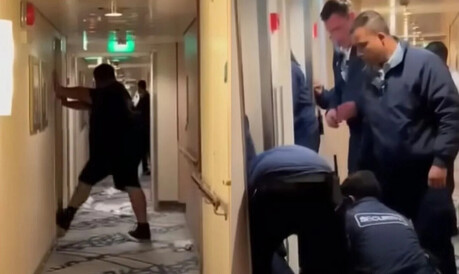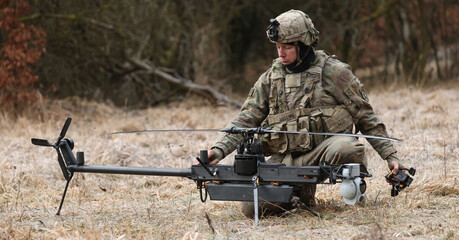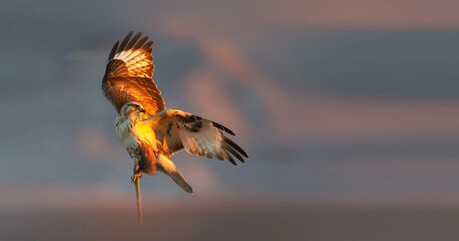
Muan, South Korea – A recent incident at Muan International Airport, where a plane was suspected to have collided with a bird, has once again brought to the forefront the escalating threat of bird strikes to aviation safety. These collisions, which can cause engine damage, control malfunctions, and structural damage to aircraft, pose a significant risk to the global aviation industry.
Why are bird strikes so dangerous? When birds are ingested into an aircraft engine, they can damage fan blades and even cause engine fires. Collisions can also compromise flight controls or cause structural damage to the aircraft, potentially leading to catastrophic accidents.
What is causing the increase in bird strikes?
Several factors contribute to the rising frequency of bird strikes:
Habitat encroachment: The expansion of landfills, wetlands, and other bird habitats near airports increases the likelihood of bird-aircraft encounters.
Climate change: Changing climate patterns are altering bird migration routes and causing shifts in bird populations, making them more likely to come into contact with aircraft.
Increased air traffic: The growth of the aviation industry has led to more aircraft in the skies, increasing the chances of collisions.
Mitigating the risk
To reduce the risk of bird strikes, airports and aviation authorities worldwide have implemented a variety of measures, including:
Habitat management: Reducing bird habitats around airports by mowing grass and removing potential nesting sites.
Bird scaring devices: Using visual and auditory deterrents like lasers and distress calls to scare birds away from airports.
Bird monitoring systems: Employing radar and cameras to track bird movements and alert pilots to potential hazards.
Aircraft design improvements: Developing aircraft engines and structures that are more resistant to bird strikes.
A call for continued action
Addressing the issue of bird strikes requires a collaborative effort involving governments, airlines, and local communities. Continued research and development are needed to improve bird strike prevention technologies. Additionally, raising public awareness about the importance of protecting bird habitats and minimizing human impact on bird populations is essential.
The incident at Muan Airport serves as a stark reminder of the ongoing threat posed by bird strikes. As the aviation industry continues to grow, it is imperative to invest in effective measures to protect both aircraft and wildlife.
[Copyright (c) Global Economic Times. All Rights Reserved.]




























